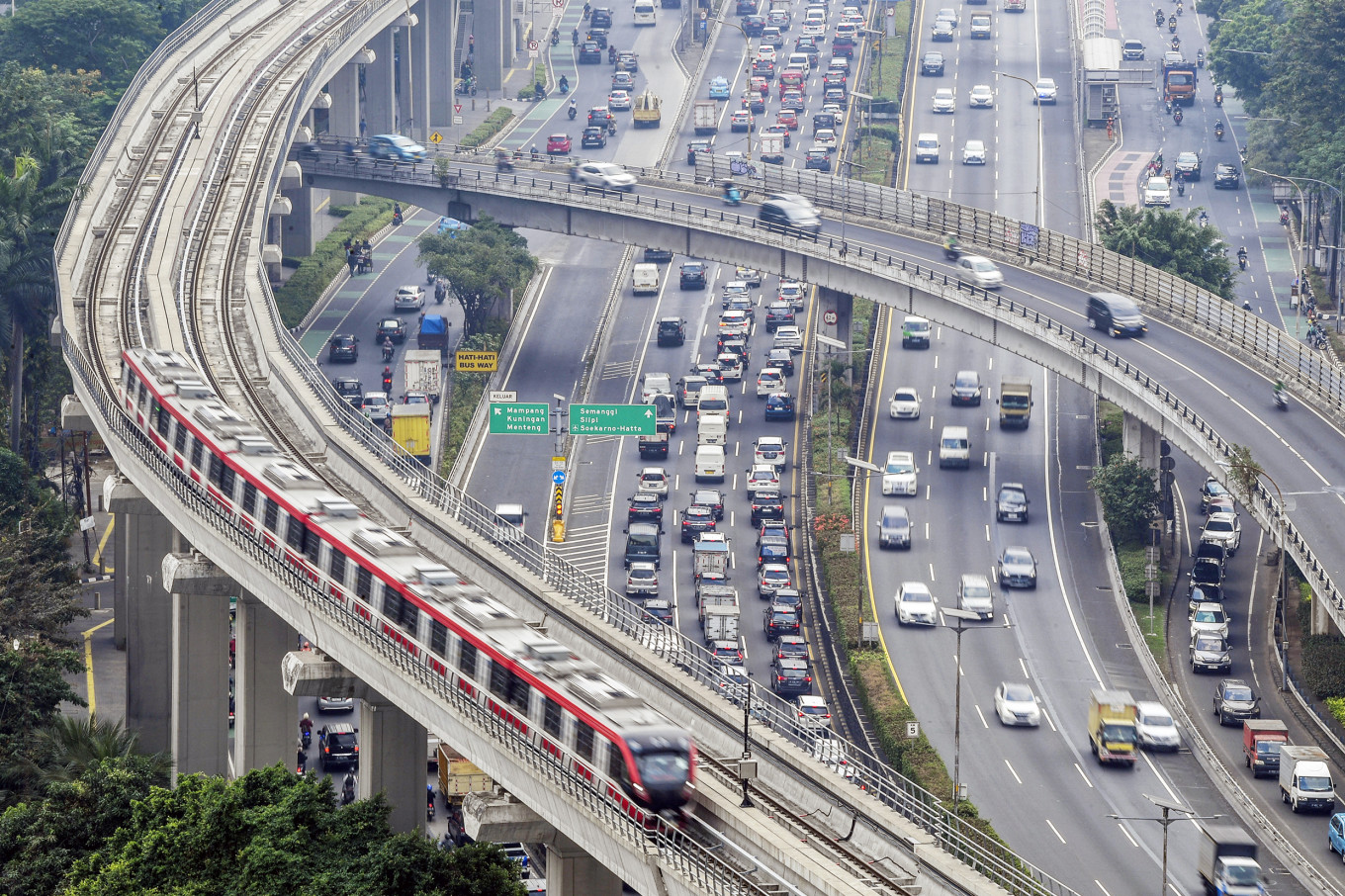Popular Reads
Top Results
Can't find what you're looking for?
View all search resultsPopular Reads
Top Results
Can't find what you're looking for?
View all search resultsIncome not equivalent to welfare
The middle-income trap, simply put, is when a country has developed so far that it struggles to compete with less developed countries on labor unit costs while not having advanced far enough to compete with more developed countries on competence.
Change text size
Gift Premium Articles
to Anyone
I
ndonesia has regained its status as an upper-middle income country in the latest assessment of the World Bank. Is it time to open the bubbly?
Not yet.
The international financial institution classifies economies based on annual gross national income (GNI) per capita, and Indonesia’s US$4,580 landed it at the low end of the class, which begins at $4,466.
No doubt, the 9.8 percent increase over the previous year is impressive, and Indonesia was one of just three economies to rise to the middle-income group, the other two being El Salvador and West Bank and Gaza.
That said, Indonesia has simply reclaimed a status it already had but then lost in the COVID-19 pandemic as an automatic result of changes in economic output and population size.
Also, it remains very far away from the coveted upper-income status, which begins at a per-capita GNI of $13,845 (by World Bank standards as of June 30).
The National Development Agency (Bappenas) says we should get there with annual GDP growth between 6 and 7 percent, but we have been averaging around 5 percent over the past decade or two.
Are we stuck, then, in the feared middle-income trap? Probably not, but it depends on our policy decisions.
The middle-income trap, simply put, is when a country has developed so far that it struggles to compete with less developed countries on labor unit costs while not having advanced far enough to compete with more developed countries on competence.
Because bringing labor costs back down is very hard to do, the natural way out is to drive innovation, research and development to build a more advanced economy that can play in the upper-income league.
That must be the focus of the administration that will take the reins next year, so that Indonesia can efficiently produce high-value manufactured goods and quality services to compete in the global marketplace.
Aside from that, however, it is important not to overrate the importance of average income. Per-capita income is closely linked to welfare, but it is not the same thing.
The task of any government is to ensure the welfare of its people. Income matters here only in that it supports that goal, but is not itself the ultimate goal.
Welfare encompasses a wide range of aspects, from access to health care and quality education to a fair work-life balance, physical safety, social security – especially during old age – and affordable housing that is not in the middle of nowhere.
Per-capita GNI is also an inapt measure of material well-being because the national average is of little help to the poor, whose actual income lies far below it.
When it comes to welfare, the distribution of national income matters no less than its overall amount. A widely accepted measuring rod for equality is the Gini coefficient, which can produce values between 0 (total equality) and 1 (utmost inequality).
For Indonesia, the Gini coefficient for expenditure inequality stood at 0.380 in September 2019 and at 0.381 in September 2022, so no progress has been made on that front since before the pandemic.
To be fair, that is a relatively good figure among emerging economies and also beats the United States, which scores worse than many other upper-income countries.
The distribution of wealth and income matters a lot for welfare, because an extra 1 million rupiah in monthly income makes a big difference in a poor person’s life but will hardly be felt by a rich person. This is known in economics as diminishing marginal utility.
The government, therefore, cannot rest on its laurels and be content with rising GNI per capita but must ensure the well-being of all people. Its policies must bring about economic and social development that leaves nobody behind and allows everybody to improve their actual welfare.
Only then is it time for the glasses to clink.











